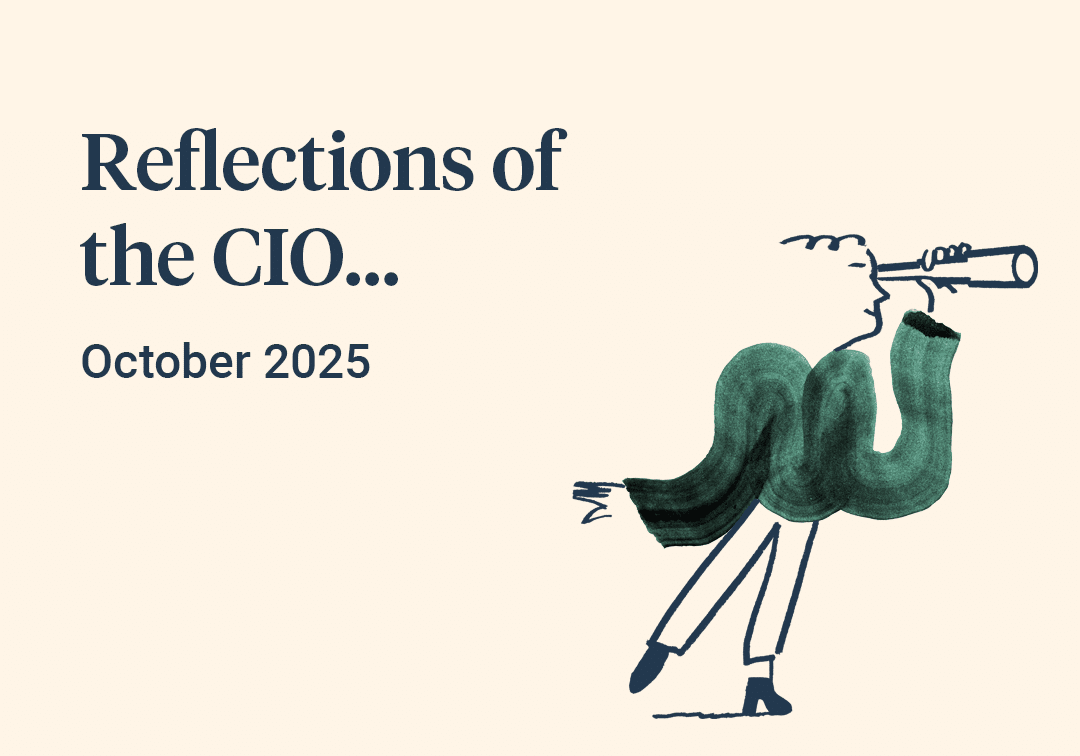It isn’t often that we can look back over a period as short as three months and say it was one which ‘changed the world’ but this was indeed one of those rare occasions. Markets had to absorb a breadth and depth of change in the economic, security and technological outlooks the like of which we don’t think has ever happened before, even in the Covid era.[1] The month of March and the opening days of April was another period of great turbulence, as the cosy assumption that President Trump’s tariff policies would be more ‘bark than bite’, morphed into ‘shock and awe’ at the extent of just how far his administration is prepared to go to advance the MAGA (Make America Great Again) agenda.
Market volatility amid geopolitical and economic rewiring
Unsurprisingly, markets found it hard to process this attempt at rewiring the global trade architecture in tandem with the rewiring of the NATO led security architecture, especially at a point in time when the global economy was meandering through one of its periodic bouts of uncertainty.[2] Stock and currency markets absorbed most of the shocks, with the dollar and US equities falling steadily throughout March. Rest of world equities performed much better, at least initially, but eventually they too started to give way as the mood steadily darkened ahead of ‘Liberation Day’ in early April (the day on which the US announced sweeping new tariff restrictions).
By the end of March, uncertainty about the economic outlook was at an all-time peak and expectations for profit and economic growth were being pared back steadily by analysts around the globe. The process of adjustment to a world in which it will be more cumbersome and expensive to do business is well underway and it is proving to be a bumpy ride.
This uncertainty in the investment outlook is also likely to persist well past the ‘clearing event’ of ‘Liberation Day’ in our opinion, not least because uncertainty and unpredictability is a clear characteristic of the new US administration. Given the amount of leverage in the financial system, market movements can be very sharp in the near term as sentiment waxes and wanes. This is also obviously a very fertile environment for headline writers who have ample opportunity to amplify whatever turns out to be the theme of the day. However, this amplification and leverage usually ends up just creating more heat than light, with the real longer term drivers of returns taking a while to show themselves.



